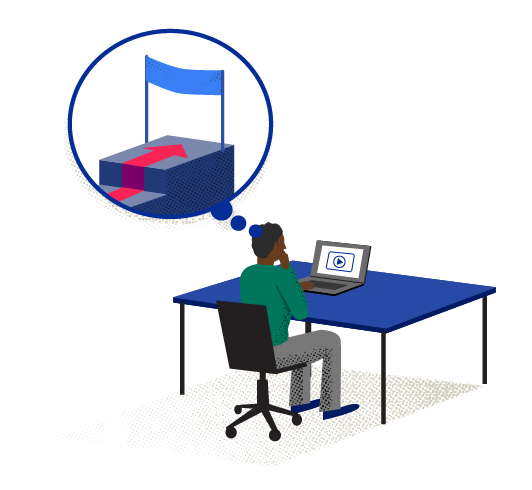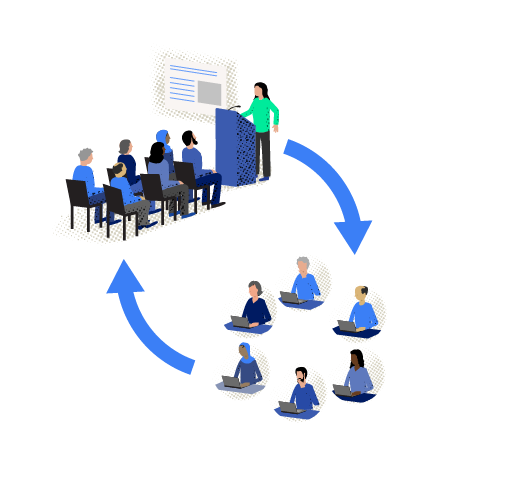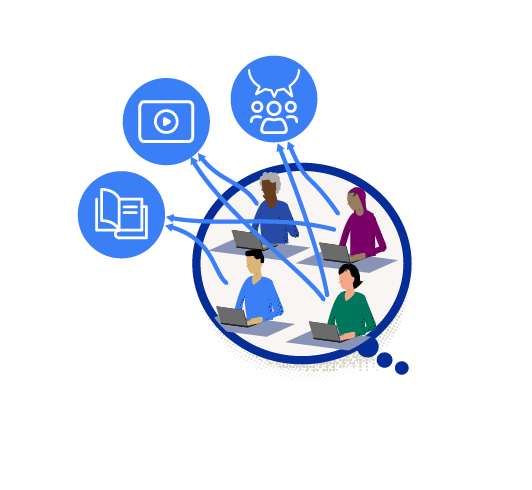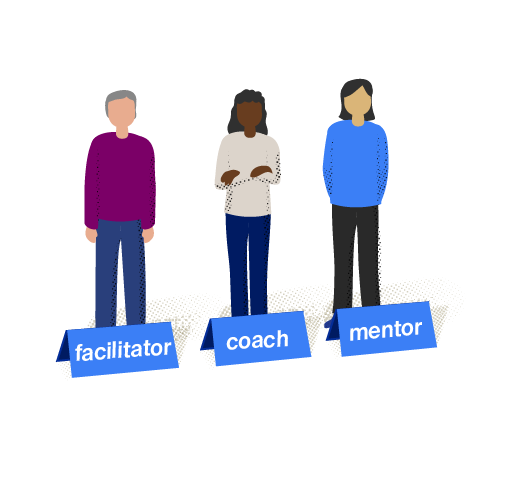10 tips for blended learning


1. Plan with your learning objectives in mind. Select the technology to serve the outcome you want your education to achieve.

2. Think about why you are using blended learning. Eg, is it to reach a wider audience or an audience with differing levels of experience? Plan your content accordingly.

3. Align the online experience with the face-to-face experience. Do the resources you provide link to the live event with the same learning objectives?

4. Address your learners' preferences and context. What sort of resources do they respond to eg, short readings, videos? Consider how to create a social element in the online parts.

5. Avoid the temptation to take a pre-existing course and “blend” it.

6. Consider the roles of your faculty and communicate expectations, eg, facilitator, moderator, coach.

7. Promote collaborative learning. Build in options for this (eg, forums, group work).

8. Respect the online portion of the course. If you don’t believe it is educationally sound, neither will your learners.

9. Pilot new courses, getting feedback from participants and faculty, and build on what you have learned.

10. Manage expectations. Prepare your learners and faculty: They need to be aware of what is needed/expected of them and what they will get out of the experience.
Adapted from: https://theelearningcoach.com/elearning2-0/best-practices-in-blended-learning/

